Chapter 1. Understanding Lithium Triborate: Properties and Applications
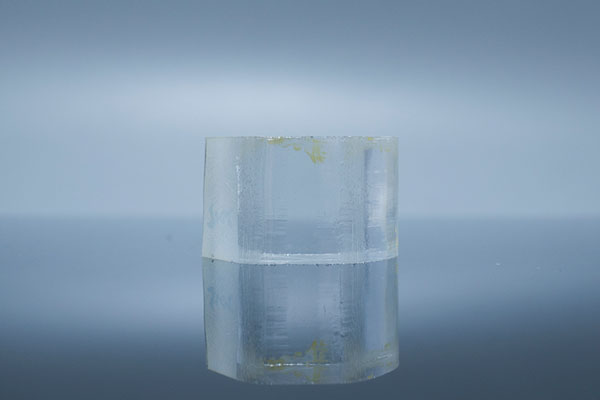
This chapter provides an in-depth understanding of lithium triborate, including its physical and chemical properties, crystal structure, and unique optical properties. It also explores the various applications of lithium triborate in industries such as medical imaging, frequency doubling, and nonlinear optics. Additionally, this chapter examines the advantages of using lithium triborate over other materials in these applications.
Physical and Chemical Properties of LBO
LBO is a crystalline material with the chemical formula LiB3O5. It has a trigonal crystal structure and belongs to the space group R3c. The lattice parameters of lithium triborate are a = b = 6.458 Å and c = 16.71 Å, and the unit cell contains three formula units.
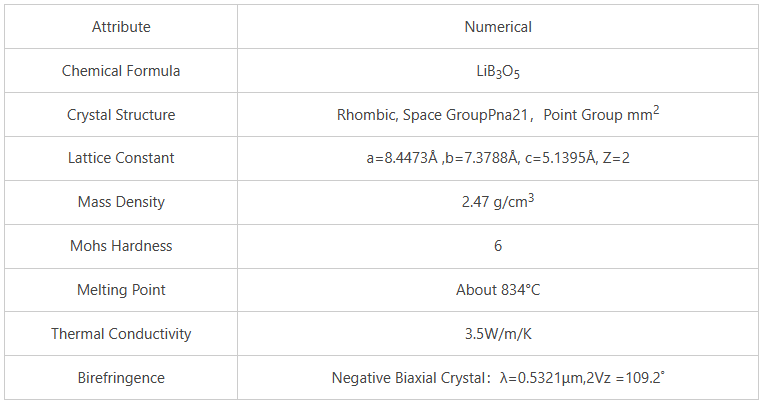
Lithium triborate has a high optical damage threshold, which makes it suitable for use in high-power laser applications. It also has a wide transparency range from ultraviolet to mid-infrared, which makes it ideal for use in frequency doubling and nonlinear optics applications.
Applications of LBO
LBO is used in a wide range of applications, including frequency doubling of lasers, medical imaging, and nonlinear optics.
Frequency Doubling of Lasers
One of the most common applications of LBO is in frequency doubling of lasers. In this process, a laser beam is passed through a LBO crystal, which doubles the frequency of the light. This is achieved through the nonlinear optical properties of the crystal. The resulting output is a beam of light with twice the frequency and half the wavelength of the original laser beam. This process is used in various applications, such as laser pointers, medical equipment, and high-tech manufacturing.
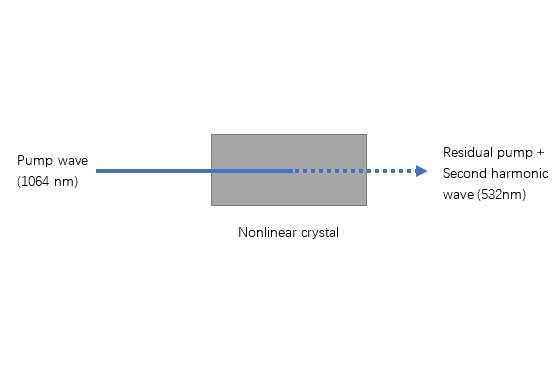
Nonlinear Optics
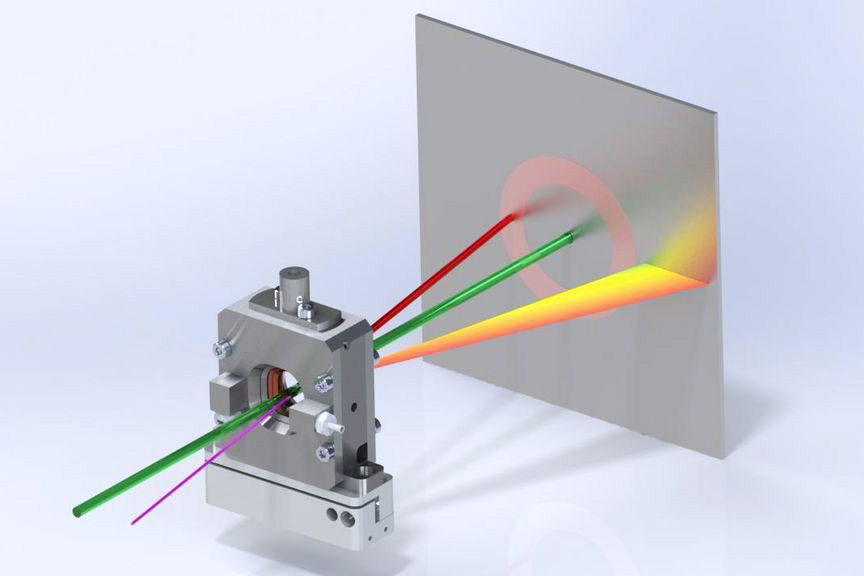
LBO is also used in nonlinear optics for generating new frequencies of light and for detecting weak signals. Nonlinear optics is the study of the interaction between light and matter in materials that exhibit nonlinear optical properties. LBO has strong second-harmonic generation (SHG) and sum-frequency generation (SFG) effects, which are used in various applications such as spectroscopy, microscopy, and telecommunications.
Advantages of Using Lithium Triborate
LBO has several advantages over other materials used in similar applications. One of the most significant advantages is its high optical damage threshold. This means that it can withstand high-intensity laser beams without being damaged. Lithium triborate also has a wide transparency range, which makes it suitable for use in a variety of applications, including medical imaging and frequency doubling of lasers.
In addition to its physical properties, lithium triborate is also relatively easy to grow in large, high-quality crystals. This makes it a cost-effective option for many applications.
Limitations and Challenges of Using LBO
While lithium triborate has many advantages, it also has some limitations and challenges. One of the main challenges is its susceptibility to damage from high-intensity light. When exposed to high-intensity laser beams, lithium triborate can suffer from optical damage, which can degrade its optical properties and shorten its lifespan.
Another challenge is the difficulty of growing large, high-quality crystals of lithium triborate. The crystal growth process is complex and requires precise control over temperature, pressure, and other factors. This can make it expensive to produce large quantities of high-quality LBO crystals.
Conclusion
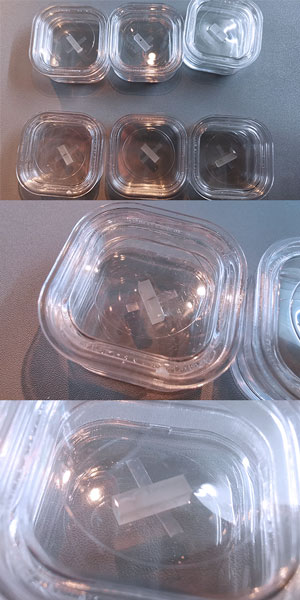
In conclusion, LBO is a valuable material with unique optical and physical properties that make it ideal for use in various applications, including frequency doubling of lasers, medical imaging, and nonlinear optics. Its high optical damage threshold and wide transparency range make it a popular choice for these applications. However, it also has some limitations and challenges, such as its susceptibility to damage from high-intensity light and the difficulty of growing large, high-quality crystals.
Despite these challenges, the demand for LBO is expected to continue to grow in the future, driven by the increasing demand for high-power lasers, medical imaging equipment, and advanced spectroscopy techniques. This growth is expected to create new opportunities for companies in the LBO market, as well as new challenges and areas for innovation.
Overall, understanding the properties and applications of lithium triborate is essential for understanding the future of the LBO market. In the following chapters, we will explore the current state and trends of the LBO market, the various product types and end-use industries that use LBO, the competitive landscape, emerging applications, technological advancements, and the future outlook for the market.
Chapter 2. Global Lithium Triborate Market: Current State and Trends
The global lithium triborate market has been experiencing steady growth over the past few years, driven by the increasing demand for lithium triborate in various applications.
Market Segmentation by Type
The lithium triborate market can be segmented based on type, into powder and crystal. Lithium triborate powder is primarily used in the production of LBO crystals, which are then used in various applications such as frequency doubling of lasers and medical imaging. LBO crystals are preferred over powder due to their higher optical quality and better resistance to optical damage. LBO crystals are further segmented into nonlinear optical (NLO) crystals, electro-optic (EO) crystals, and acousto-optic (AO) crystals.
Market Segmentation by End-use Industry
The lithium triborate market can also be segmented based on end-use industry. The major end-use industries of LBO include healthcare, aerospace and defense, and research and development. The healthcare industry is one of the largest end-users of LBO, primarily due to its use in CT scanners for medical imaging. The aerospace and defense industry is another significant end-user, where LBO is used in various applications such as laser rangefinders and missile guidance systems. The research and development industry is also an important end-user, where LBO is used in various advanced research applications such as spectroscopy and microscopy.
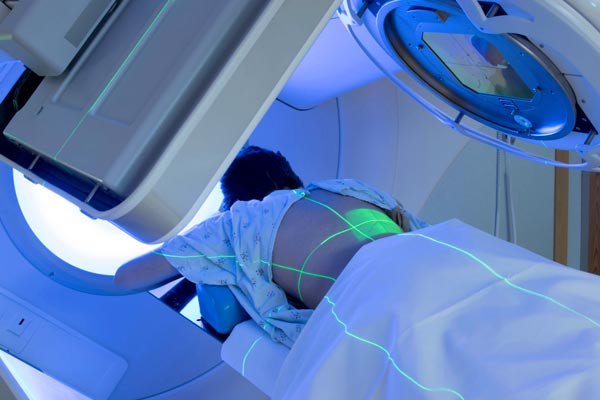
Regional Analysis
The global lithium triborate market can be segmented into North America, Europe, Asia Pacific, Latin America, and Middle East & Africa. Asia Pacific is expected to dominate the LBO market during the forecast period, primarily due to the increasing demand for lithium triborate in China and Japan. China is the largest producer of LBO in the world, and the country is expected to continue to dominate the production of LBO in the future. North America and Europe are also significant markets for LBO, driven by the increasing demand for medical imaging equipment and advanced research applications.
Competitive Landscape
The global LBO market is highly competitive, with several players operating in the market. Some of the key players in the market include AdvR, Altechna, Crylink, CASTECH Inc., Crystaltechno Ltd., EKSMA Optics, Lambda Photonics, Red Optronics, and Sinoceramics. These companies are focusing on developing new products, expanding their production capabilities, and strengthening their distribution networks to maintain their market position.
Trends and Drivers
The LBO market is expected to experience significant growth during the forecast period, driven by the increasing demand for high-power lasers, medical imaging equipment, and advanced research applications. The healthcare industry is expected to remain the largest end-user of LBO, primarily due to the increasing demand for medical imaging equipment such as CT scanners. The aerospace and defense industry is also expected to drive the demand for LBO, with increasing use in missile guidance systems and laser rangefinders.
In conclusion
The global lithium triborate market is expected to continue to grow in the future, driven by increasing demand for LBO in various applications. The market is expected to witness significant growth over the forecast period, and the Asia Pacific region is expected to dominate the market. The healthcare industry is expected to remain the largest end-user of LBO, followed by the aerospace and defense industry, and the R&D industry. The market is highly competitive and some key players are focusing on product development, production capacity, and distribution network to maintain their market position.
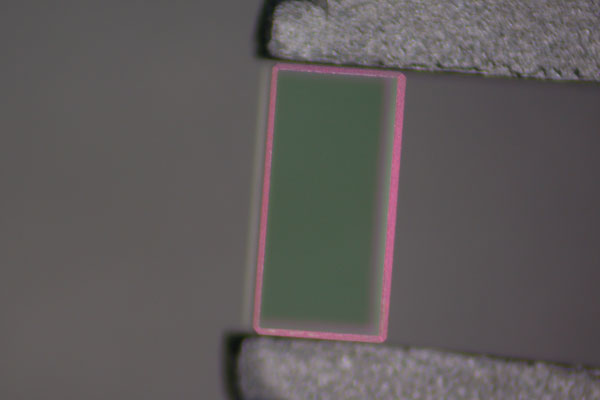
In addition to traditional applications of lithium triborate, such as laser frequency doubling and medical imaging, emerging applications such as quantum computing, optical communication, and sensing are expected to drive the future growth of the market. In addition, rising demand for high-power lasers and advanced research applications is also expected to drive market growth.
The COVID-19 pandemic has had a major impact on the global economy, including the lithium triborate market. The epidemic has led to interruptions in the supply chain, production and distribution of lithium triborate, resulting in a decline in demand for lithium triborate in the short term. However, the market is expected to recover in the long-term, driven by increasing demand for lithium triborate in various applications.
Overall, the global lithium triborate market is expected to continue to grow in the future, driven by rising demand for lithium triborate in various applications. The market is expected to face challenges such as the sensitivity of lithium triborate to optical damage and the difficulty in growing large and high-quality crystals. However, these challenges are expected to be addressed through technological advancements and innovations in lithium triborate production.
Chapter 3. Lithium Triborate Market Segmentation by Product Type
The lithium triborate market can be segmented based on product type into powder and crystal. Lithium triborate powder is primarily used in the production of lithium triborate crystals, which are then used in various applications such as frequency doubling of lasers and medical imaging. Lithium triborate crystals are preferred over powder due to their higher optical quality and better resistance to optical damage. Lithium triborate crystals are further segmented into nonlinear optical (NLO) crystals, electro-optic (EO) crystals, and acousto-optic (AO) crystals.
Powder LBO Market
The powder lithium triborate market is relatively small compared to the crystal lithium triborate market. The powder is primarily used in the production of lithium triborate crystals, which are then used in various applications such as medical imaging and frequency doubling of lasers. The powder is produced through various methods such as solid-state reactions and solution synthesis. However, the use of powder is limited due to its lower optical quality and higher susceptibility to optical damage compared to crystals.
Crystal Lithium Triborate Market
The crystal lithium triborate market is the largest segment of the lithium triborate market. Lithium triborate crystals are preferred over powder due to their higher optical quality and better resistance to optical damage. Lithium triborate crystals are further segmented into nonlinear optical (NLO) crystals, electro-optic (EO) crystals, and acousto-optic (AO) crystals.
Nonlinear Optical (NLO) Crystals
Nonlinear optical (NLO) crystals are the most common type of lithium triborate crystals. They are primarily used in the frequency doubling of lasers, which is used in various applications such as high-tech manufacturing and scientific research. NLO crystals are also used in medical imaging, where they are used in CT scanners to produce high-quality images of internal organs and tissues.
Electro-Optic (EO) Crystals
Electro-optic (EO) crystals are another type of lithium triborate crystals. They are primarily used in applications such as laser modulation and optical switching. EO crystals are also used in advanced research applications such as quantum computing and optical communication.
Acousto-Optic (AO) Crystals
Acousto-optic (AO) crystals are the least common type of lithium triborate crystals. They are primarily used in applications such as optical modulation and frequency shifting. AO crystals are also used in advanced research applications such as spectroscopy and microscopy.
Conclusion
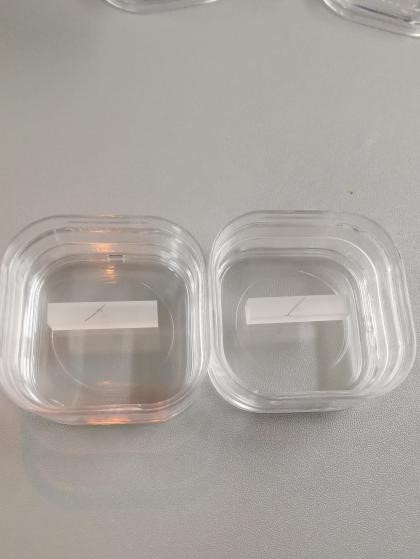
In conclusion, the LBO market can be divided into powder and crystal based on product type. The crystalline LBO market is the largest segment in the market and is further segmented into nonlinear optic (NLO) crystals, electro-optic (EO) crystals, and acousto-optic (AO) crystals. NLO crystals are the most common LBO crystal type, mainly used in laser frequency doubling and medical imaging. EO crystals are used in applications such as laser modulation and optical switching, while AO crystals are used in applications such as optical modulation and frequency shifting.
Compared with crystals, LBO powders have lower optical quality and higher susceptibility to optical damage, so their use is limited. The production of high-quality crystals is a complex process that requires precise control of temperature, pressure and other factors. The growth of large, high-quality crystals is also expensive, which can limit the production capacity of companies operating in the market.
Overall, the LBO market is expected to witness significant growth in the future, driven by increasing demand for lithium triborate in various applications. The market is highly competitive and some key players are focusing on product development, production capacity, and distribution network to maintain their market position. Understanding LBO product types and applications is crucial for companies operating in the market to identify opportunities for growth and innovation.
Chapter 4. Lithium Triborate Market Segmentation by End-use Industry
The lithium triborate market can also be segmented based on end-use industry. The major end-use industries of lithium triborate include healthcare, aerospace and defense, and research and development.
Healthcare Industry
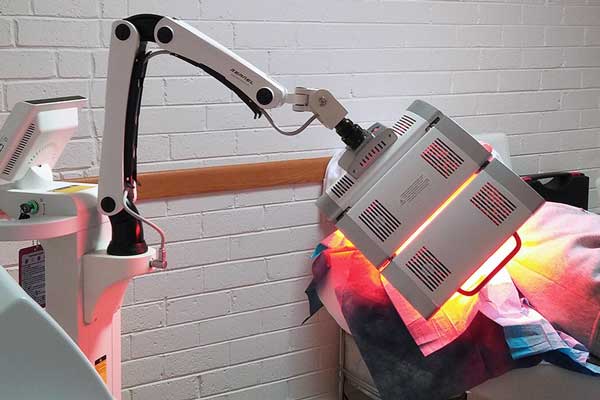
The healthcare industry is one of the largest end-users of lithium triborate, primarily due to its use in medical imaging equipment such as CT scanners. Lithium triborate is used in the production of NLO crystals, which are used in CT scanners to produce high-quality images of internal organs and tissues. Lithium triborate crystals have high optical quality and a wide transparency range, making them ideal for use in medical imaging applications.
Aerospace and Defense Industry
The aerospace and defense industry is another significant end-user of lithium triborate. Lithium triborate is used in various applications such as laser rangefinders and missile guidance systems. Lithium triborate crystals have high optical damage threshold, making them ideal for use in high-intensity applications such as missile guidance systems. The aerospace and defense industry is expected to drive the demand for lithium triborate in the future, with increasing use in advanced military technologies.
Research and Development Industry
The research and development industry is also an important end-user of lithium triborate. Lithium triborate is used in various advanced research applications such as spectroscopy and microscopy. LBO crystals have strong nonlinear optical properties, making them ideal for use in advanced research applications. The research and development industry is expected to drive the demand for LBO in the future, with increasing use in advanced research applications such as quantum computing and optical communication.
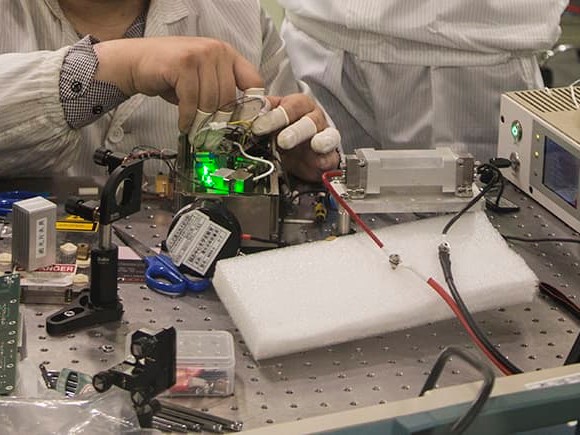
Regional Analysis
The global lithium triborate market can be segmented into North America, Europe, Asia Pacific, Latin America, and Middle East & Africa. Asia Pacific is expected to dominate the LBO market during the forecast period, primarily due to the increasing demand for LBO in China and Japan. China is the largest producer of LBO in the world, and the country is expected to continue to dominate the production of lithium triborate in the future. North America and Europe are also significant markets for LBO, driven by the increasing demand for medical imaging equipment and advanced research applications.
Competitive Landscape
The global lithium triborate market is highly competitive, with several players operating in the market. Some of the key players in the market include AdvR, Altechna, Crylink, CASTECH Inc., Crystaltechno Ltd., EKSMA Optics, Lambda Photonics, Red Optronics, and Sinoceramics. These companies are focusing on developing new products, expanding their production capabilities, and strengthening their distribution networks to maintain their market position.
Trends and Drivers
The healthcare industry is expected to remain the largest end-user of LBO, primarily due to the increasing demand for medical imaging equipment such as CT scanners. The aerospace and defense industry is also expected to drive the demand for LBO, with increasing use in advanced military technologies. The research and development industry is expected to drive the demand for lithium triborate in the future, with increasing use in advanced research applications such as quantum computing and optical communication.
Moreover, the market is also expected to experience growth due to the rising demand for frequency doubling of lasers, which is used in various applications such as high-tech manufacturing and scientific research. Another important trend in the market is the increasing use of LBO in emerging applications such as quantum computing, optical communication, and sensing.

Frank
Frank graduated from the University of Shanghai for Science and Technology, majoring in optics. As a technical engineer at Crylink Company, he deeply understands crystal materials and laser components.
Related Video(s) with this Article
Related Product(s) with this Article
Related Application(s) with this Article

